As one of the world's largest and most influential consumer electronics and home appliance product exhibitions, the Berlin International Consumer Electronics Show (IFA) was held at the Berlin Exhibition Center on September 2-7, 2016 (Europe time). . Major TV manufacturers have also participated in the show. 8K, HDR, Quantum Dot, OLED, laser TV and other display technologies have also been put on the IFA booth.
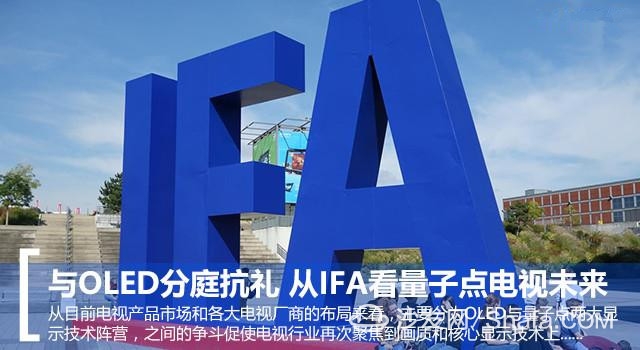
Judging from the current television product market and the layout of major TV manufacturers, it is mainly divided into two major display technology camps: OLED and quantum dot. The fight between the TV product industry and the QDs has prompted the television industry to once again focus on image quality and core display technologies. Since 2014, display technology has developed rapidly. With the maturation of consumer-level civilian markets and display technologies, OLED and quantum dot display technologies are gradually beginning to show signs of disputes. Now TV manufacturers have also started camps. The fight.

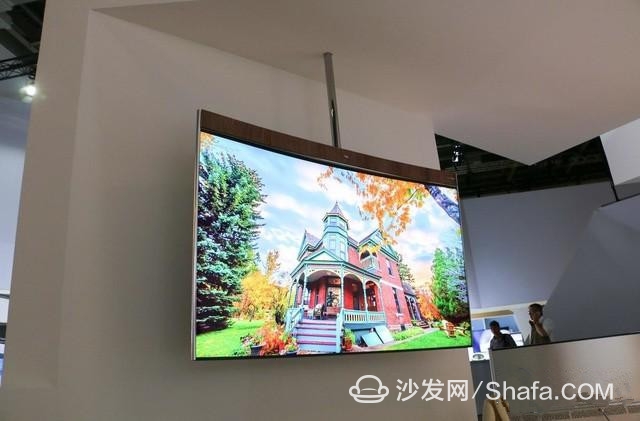
Samsung's second generation SUHD Quantum Dot TV
Samsung, as the “leader in the field of televisionâ€, has never stopped the development of various new display technologies. This is why Samsung was able to launch OLED TVs, curved LCD TVs, and Quantum TVs in the first place. It is because of Samsung’s deep understanding of various new display technologies that Samsung has decisively withdrawn from the OLED TV strategy. For now, Samsung believes that quantum dots with mature and reliable performance and improved performance are in line with current market demand. .
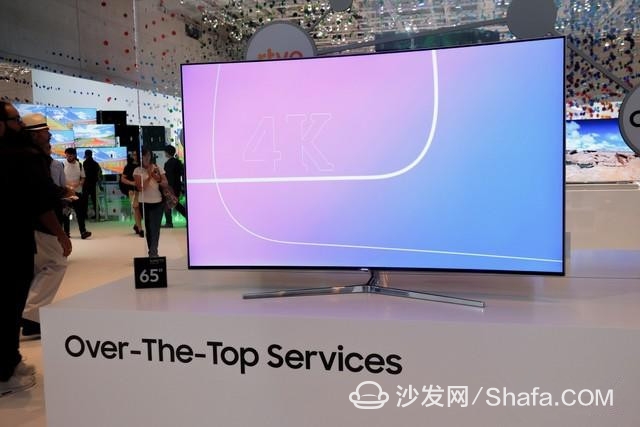
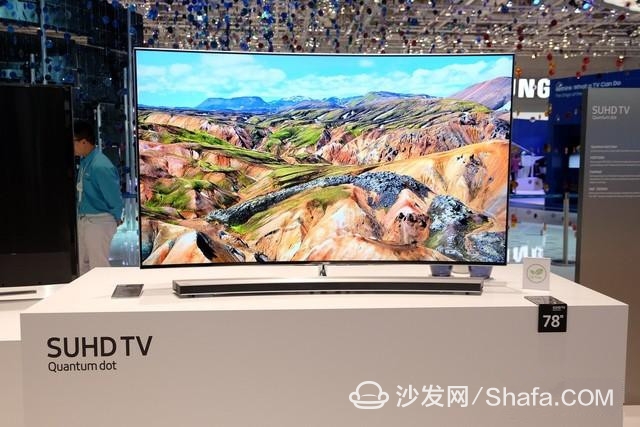
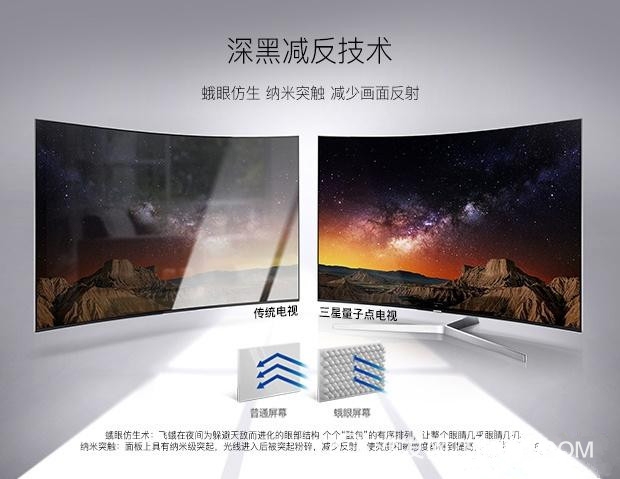
Domestic quantum dot camp leader TCL
TCL is one of the earliest companies and institutions that started to research and promote quantum dot display technology in China, and has a strong say in this display technology. What is different from the past is that for the study of quantum dot technology, the global science and technology fields are basically at the same level, unlike all previous core technologies, all in the hands of Japanese and South Korean manufacturers. As a leader in the quantum dot camp, TCL has spared no effort in the development of this innovative display technology. In the 14th year, TCL launched the first quantum dot TV product in China.

In 2016, TCL took the lead in completing the industrial layout of the entire ecological HDR, opened the convergence bottleneck between quantum dot industrial technology and surface display technology, and launched the QUHD TV Quantum-dot TV C2, which reintroduced the center of color TV industry back to the picture quality. Essential needs.

In addition, it integrates full-ecology HDR technology, realizes HDR in all aspects of hardware, software, and content, and truly presents high-dynamic content, allowing users to see a clear picture that is not compromised. The brightness peak value reaches 1000 nits, which can be greatly improved by increasing the brightness. Improve the contrast and effectively enhance the quality. The creative application of the 4000R golden curvature screen not only enhances the field of view of the screen, forms an immersive audiovisual experience, allows fans to enjoy the moment of passion of the event, but also conforms to the curved screen design constructed by the human eye, and also slows down the eyes for the game. With the sense of fatigue, viewers enjoy a more comfortable sensory experience while watching the game.
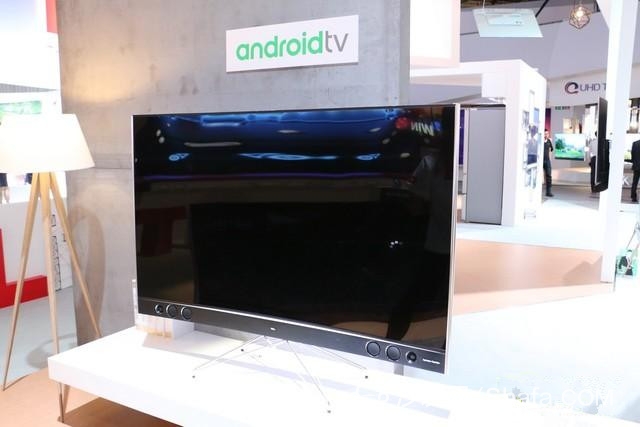
Quantum dot technology is bound to become the development direction of TV in the future from display to production or environmental protection. From a technical point of view, QD TVs have achieved a breakthrough in the display technology from the micron level to the nanoscale level through the application of quantum dot materials, bringing a purer light source than OLED, achieving higher Color gamut. The new QUHD QD TV launched by TCL is also aimed at giving users a better viewing experience.
Hisense Brings the Latest ULED3.0 Technology At this year's IFA2016 in Germany, Hisense still brings TV products equipped with its latest ULED3.0 technology to face up to OLED. Hisense's new ULED3.0 technology not only boasts the hottest HDR display technology this year, but also equipped with Hi-View-Pro, a self-developed TV chip from Hisense, which is also the first independently developed TV chip in China. At the same time, the color depth of Hisense's new generation of ULED TVs has reached 10bit, and the brightness has also been increased to 1200 nits. MEMC motion compensation technology can bring better motion pictures. Hisense's new generation of ULED 3.0 TVs can push the LCD TV's picture quality to a new high.

Hisense ULED3.0 ultra-quality TV
Hisense redefined its quantum dot technology and named it with ULED, fully demonstrating its demand for screen display and the pursuit of precision manufacturing. At this exhibition, Hisense once again placed ULED TV as its highlight on the stand. Position, ULED means ultra LED is the perfect display, ULED is Hisense LCD display technology processing engine for high-end LCD TV development, which optimizes and improves the existing LCD panel backlight source, so that it can display better The effect has also become the unique secret of Hisense TV.
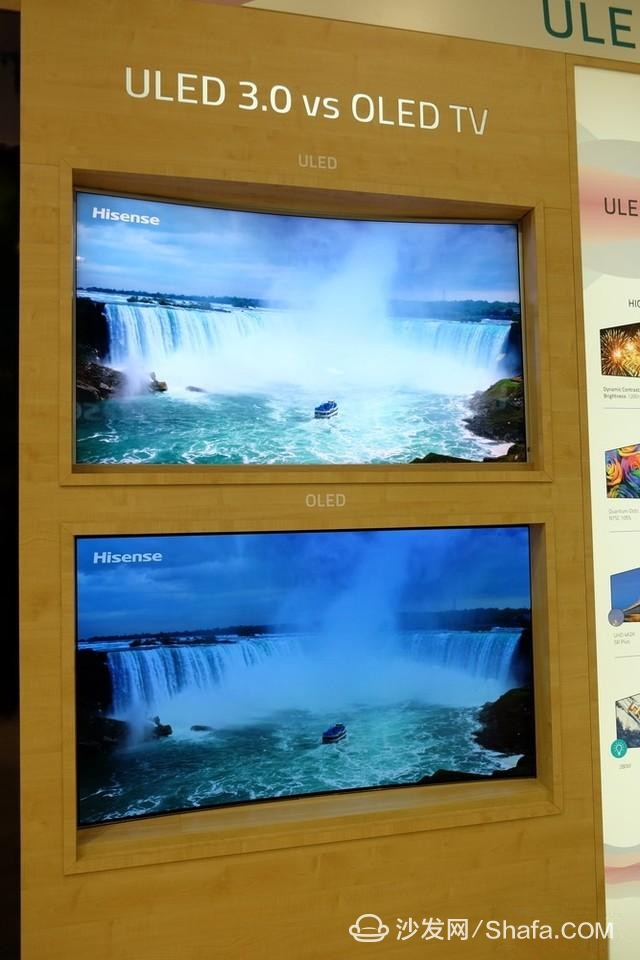
Written at the end:
With the rapid development of the first-generation quantum dot photoluminescence technology, the second-generation electroluminescent quantum dot technology will usher in a new breakthrough. Quantum dot printing based on electroluminescence quantum dot technology is currently making efforts to move from the laboratory to the application.
Compared to OLEDs, quantum dot technology is more stable. Quantum dots have become mature and objective in all respects. Quantum dot display technology and OLED display technology deserve great potential to be tapped, so quantum dots may be the best at present. The choice of OLED display technology has its advantages, but there are fewer products and higher prices.
Smart TV/box information can focus on smart TV information network sofa butler (http://), China's influential TV box and smart TV website, providing information, communication, TV boxes, smart TVs, smart TV software, etc. Answering questions.


Samsung Quantum Dots Mosaic TV Wall
At present, although OLED TVs are thinner, more flexible, and have outstanding picture quality, due to technical limitations, the service life of OLED TVs is much lower than that of LCD TVs. The most important point is that: There are deficiencies in production technology, and the large-scale OLED panel cutting yield is not high, leading to increased costs, which is why the current price of OLED TV products is still high. 
TCL Quantum TV
It is understood that Samsung's long-standing research on OLED gave up because the life span of OLED screens was too short and there was a fatal "burn-in" phenomenon. For each OLED TV sold, the follow-up costs for repairing and after-sales service are very large. As we all know, the screen of the current domestic manufacturer OLED is entirely LG, and the cost is very high. The only thing that can be done is processing, high cost and low profit. Samsung's second generation SUHD Quantum Dot TV
Samsung, as the “leader in the field of televisionâ€, has never stopped the development of various new display technologies. This is why Samsung was able to launch OLED TVs, curved LCD TVs, and Quantum TVs in the first place. It is because of Samsung’s deep understanding of various new display technologies that Samsung has decisively withdrawn from the OLED TV strategy. For now, Samsung believes that quantum dots with mature and reliable performance and improved performance are in line with current market demand. .

Samsung 65-inch second-generation Quantum Dot TV
As early as 2011, Samsung began to study quantum dot display technology, and officially launched quantum dot TV products in 2015, which was highly recognized by high-end consumer groups. In 2016, Samsung's new second-generation Quantum-Spot SUHD TV is once again fully evolved. The incredible picture quality is unbelievable. Compared to the OLED technology that is still solving its own flaws, Samsung's second-generation quantum dots SUHD TV has already got a grade. 
Samsung 78-inch KS9000 Quantum Dot TV
Samsung's self-developed second-generation quantum dot SUHD technology effectively enhances the picture quality performance of TVs in virtually every dimension, with richer and more precise color reproduction, lower power consumption, and longer service life. Quantum dots can directly emit extremely pure and high-quality monochromatic light of different colors. The colors that OLED technology filters through filters are not as pure as quantum dots. Quantum dots can operate at lower voltages and have better power performance. It is also important that the materials used in Quantum-dot TVs are not easily oxidized and have a lifetime of more than 20,000 hours more than OLEDs. 
Samsung's unique technology engine completely stimulates the potential of quantum dot display technology
With the advent of Samsung's second-generation quantum dot-based SUHD TV, high-end 10-bit LCD panels, 1000nits HDR display technology, Supreme Ultra-clear local area light control, moth-eye bionics, Supreme MR 200 motion compensation technology, and deep black High-order display technologies such as anti-aliasing have thoroughly stimulated the potential of quantum dot display technology. The quality of the final display is sufficient to suppress OLED TV products. Domestic quantum dot camp leader TCL
TCL is one of the earliest companies and institutions that started to research and promote quantum dot display technology in China, and has a strong say in this display technology. What is different from the past is that for the study of quantum dot technology, the global science and technology fields are basically at the same level, unlike all previous core technologies, all in the hands of Japanese and South Korean manufacturers. As a leader in the quantum dot camp, TCL has spared no effort in the development of this innovative display technology. In the 14th year, TCL launched the first quantum dot TV product in China.



Hisense Brings the Latest ULED3.0 Technology At this year's IFA2016 in Germany, Hisense still brings TV products equipped with its latest ULED3.0 technology to face up to OLED. Hisense's new ULED3.0 technology not only boasts the hottest HDR display technology this year, but also equipped with Hi-View-Pro, a self-developed TV chip from Hisense, which is also the first independently developed TV chip in China. At the same time, the color depth of Hisense's new generation of ULED TVs has reached 10bit, and the brightness has also been increased to 1200 nits. MEMC motion compensation technology can bring better motion pictures. Hisense's new generation of ULED 3.0 TVs can push the LCD TV's picture quality to a new high.

Hisense redefined its quantum dot technology and named it with ULED, fully demonstrating its demand for screen display and the pursuit of precision manufacturing. At this exhibition, Hisense once again placed ULED TV as its highlight on the stand. Position, ULED means ultra LED is the perfect display, ULED is Hisense LCD display technology processing engine for high-end LCD TV development, which optimizes and improves the existing LCD panel backlight source, so that it can display better The effect has also become the unique secret of Hisense TV.

ULED3.0 vs. OLED
Hisense's all-new ULED 3.0 TV is also equipped with the Hisense VIDAA4 operating system. This set of operating systems is based on Android 5.1 depth customization, which not only brings richer content, but also realizes a direct key to the interaction. It is very simple to get started, the icons are also used flat design, even for the elderly and children can easily use. At the same time, the VIDAA4 operating system also supports mobile phone control. By focusing on the micro-signal, it can easily connect mobile phones and TVs, push content, and remotely control TVs. This is extremely user-friendly. Written at the end:
With the rapid development of the first-generation quantum dot photoluminescence technology, the second-generation electroluminescent quantum dot technology will usher in a new breakthrough. Quantum dot printing based on electroluminescence quantum dot technology is currently making efforts to move from the laboratory to the application.
Compared to OLEDs, quantum dot technology is more stable. Quantum dots have become mature and objective in all respects. Quantum dot display technology and OLED display technology deserve great potential to be tapped, so quantum dots may be the best at present. The choice of OLED display technology has its advantages, but there are fewer products and higher prices.
Smart TV/box information can focus on smart TV information network sofa butler (http://), China's influential TV box and smart TV website, providing information, communication, TV boxes, smart TVs, smart TV software, etc. Answering questions.
Uv Resistant Membrane Switch,Button Type Membrane Switch,Membrane Switch Gnd Cable,Electrocardiograph Membrane Switch
Dongguan Nanhuang Industry Co., Ltd , https://www.soushine-nanhuang.com